
Studying science at the higher secondary level is essential to pursue further STEM education in India. However, based on recent research, this article documents the prevalence of gender- and caste-based disparities in the choice to study science. It highlights the role of households’ socioeconomic status, lack of access to schooling, and false beliefs and biases in explaining these disparities, and suggests that the social identity of teachers could have an impact on the uptake of science by disadvantaged groups.
Science, technology, engineering, and mathematics (STEM) education is crucial for technological progress, and students with a knack for these subjects should have the opportunity to pursue them. However, there are socio-economic, gender, and racial disparities in pursuing STEM majors and careers.
Despite the progress made by the Indian education system and successive government initiatives (including the District Primary Education Program in 1994, Sarva Shiksha Abhiyan in 2001, and the Right to Education Act in 2009) in reducing disparities based on gender and social category at different schooling levels, significant inequalities persist. These disparities become particularly evident when specialisation begins in higher-secondary education, especially among socio-economically disadvantaged groups (SEDGs) that have historically lacked representation in education. Even the National Education Policy (NEP) has acknowledged these disparities getting wider at higher levels of education, and to remedy this, calls for research-based policy measures specifically targeting each of the SEDGs. In two of our recent studies (Sahoo and Klasen 2021, Kumar and Sahoo 2023), we examine disparities based on caste and gender, two markers qualifying as SEDGs, in the choice of streams at the higher-secondary level over the recent decade (2008-2017). Following ten years of comprehensive schooling, for grades 11-12, students typically choose between science, commerce, and humanities streams. Currently, studying in the science stream at the higher secondary level is a prerequisite to pursuing any STEM course for undergraduate and master’s degrees in most educational institutions in India. Although the NEP envisions moving towards a more holistic and multidisciplinary higher education with greater flexibility in curriculum and course options, so far, choosing science at higher secondary has been necessary for students who want to choose any of STEM courses at higher levels. Therefore, stream choice at this level determines the subsequent education trajectory and significantly impacts future labour market outcomes.
Gender gaps in choosing science
In India, to redress the gender imbalances in STEM education within prestigious technical colleges, a recent policy reserves 20% of seats for female candidates. While policies like these focus on higher education, the decisions regarding academic paths are often made in earlier schooling years. From our studies, we find that female students are nearly 10 percentage points less likely to choose the science stream compared to boys. Considering that the overall proportion of students choosing science is around 40%, the magnitude of gender gap over the mean science participation rate is about 25%. Using the National Sample Survey (NSS) data across three rounds between 2007 and 2018, we find that this gender gap has remained persistent, with no significant change over the years.
A potential reason why some students may not be able to choose science is that their performance in the grade 10 board exam may not be up to the mark. Students who do not have an aptitude for mathematics may also be discouraged from studying science. However, using the India Human Development Survey (IHDS) data, we find that the gender gap in science choice persists among boys and girls who performed equally well in the grade 10 board exam and had similar knowledge of mathematics (Sahoo and Klasen 2021). This indicates that differences in mathematics and science-related ability do not sufficiently explain the lower likelihood of girls choosing the science stream. Moreover, we find that even among boys and girls belonging to the same household, the gender gap is prevalent.
Caste gaps in stream choice
Our study also provides evidence of persistent caste gaps in choosing science. We find that socially disadvantaged groups – Scheduled Tribes (ST), Scheduled Castes (SC), and Other Backward Classes (OBC) – have lower participation rates in science by 18, 12, and 8%, respectively, than the general caste on average.
These estimates control for various household-level socioeconomic indicators, including monthly per capita consumption expenditure. Thus, they suggest that caste identities affect educational outcomes even after controlling for wealth or class-based disparities. We further find that female students from OBC and SC groups face a “double jeopardy” – that is to say, their gender and caste identities additively contribute to their challenges.
The role of household socioeconomic factors
We also examine how households’ economic status and the educational background of older members contribute to the existing caste and gender disparities. We find that the caste gaps, especially for SC and OBC, are significantly lowered when households’ consumption expenditure increases. Similarly, caste gaps reduce with increasing levels of education of the head of the household. However, neither higher household consumption nor higher education level lowers the gender gap. Thus, while a substantial increase in household affluence may potentially mitigate caste disparities, it is unlikely to affect the gender gap. Adding credence to this finding, our analysis further shows that while substantial parts of caste-based gaps can be explained by the differences in household’s socioeconomic status, the gender gaps cannot be explained by these differences.
The role of teachers and school access
We further find that the availability of schools offering science stream at the higher-secondary level in the locality plays an important role in determining the stream choice for girls. Not all schools offer a science stream, and due to various reasons, including safety concerns, parents may be more opposed to sending their girls (compared to boys) to a faraway school. Parents might prefer to send their girls to a nearby school offering only humanities than a faraway school offering science. Controlling for the number of higher-secondary schools in a district, we find that when a higher proportion of schools offer science stream, the gender gap is significantly reduced.
The availability of schools is not the only relevant factor. Research has shown that while there is no intrinsic gender difference in the mathematical capability of children, false beliefs prevail in society that boys are better than girls at mathematics (Kahn and Ginther 2017). A related study (Rakshit and Sahoo 2023) shows that even teachers hold such gender stereotypes. When girls are taught by such biased teachers, they may be discouraged from taking up science-related subjects. Such biases could also adversely affect the students of disadvantaged caste groups.
Thus, the social identity of teachers who teach subjects such as mathematics and science in earlier grades could influence the stream choice of students in later years. We find that if students are taught mathematics or science subjects at the secondary level (grades 9 and 10) by teachers of matching social identity (that is, the same gender or caste), then the gender and caste-based disparities in science choice at the higher secondary level are lower. This could be due to teachers of the same social identity being less biased or serving as ‘role models’ for the students.
Conclusion
India contributes to a large proportion of STEM graduates in the world. However, entry into STEM is not that straightforward – various socio-economic factors may influence individuals’ decision to choose to study science. Our research provides quantitative evidence on gender- and caste-based gaps in stream choice at the higher secondary level in India.
From a policy perspective, our findings suggest that improving access to STEM education through the establishment of more schools offering science would particularly benefit girls and encourage them to pursue science. Increasing representation of teachers from SEDGs would also reduce social identity-based disparities in science take-up rates. Thus, taking social identity into account while formulating policies could help advance equal opportunities in STEM education.
Further Reading
- Kahn, S and D Ginther (2017), ‘Women and STEM’, NBER Working Paper 23525
- Kumar, Anand and Soham Sahoo (2023), "Caste, gender, and intersectionality in stream choice: Evidence from higher secondary education in India", Education Economics: 1-27.
- Rakshit, Sonali and Soham Sahoo (2023), "Biased teachers and gender gap in learning outcomes: Evidence from India", Journal of Development Economics, 161: 103041.
- Sahoo, Soham and Stephan Klasen (2021), "Gender Segregation in Education: Evidence From Higher Secondary Stream Choice in India", Demography, 58(3): 9101042.


.svg)
.svg)
.svg)

.svg)
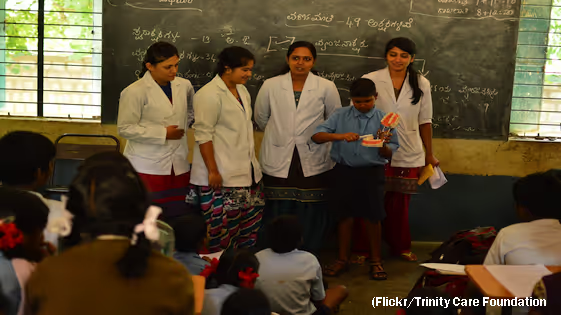








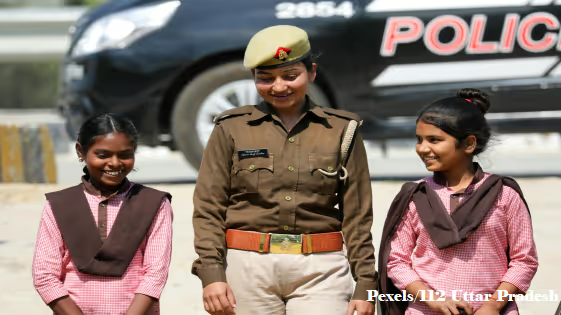
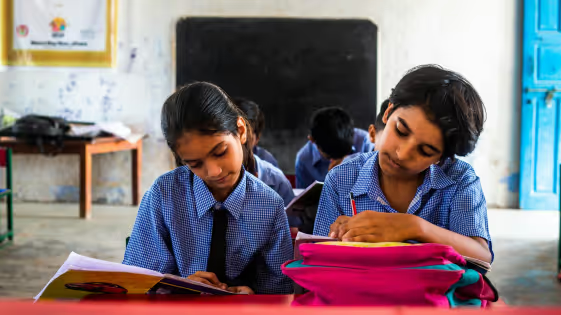



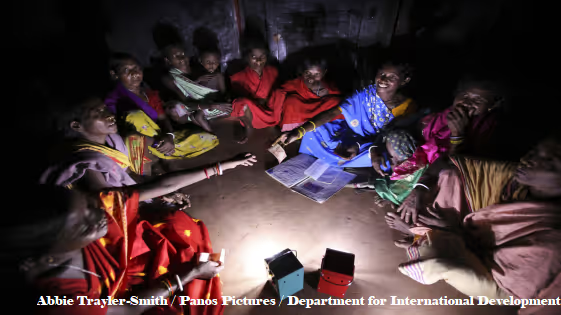


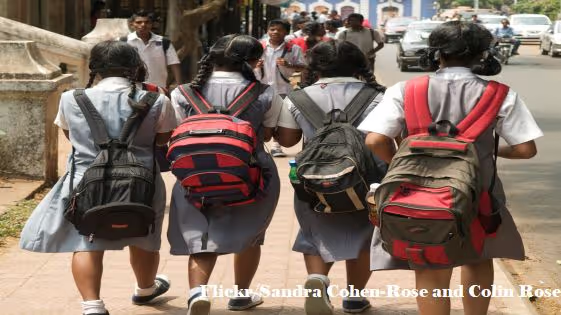





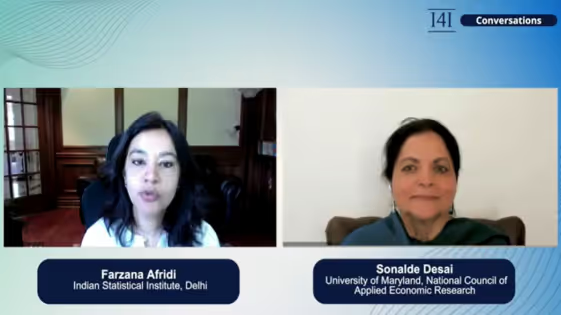





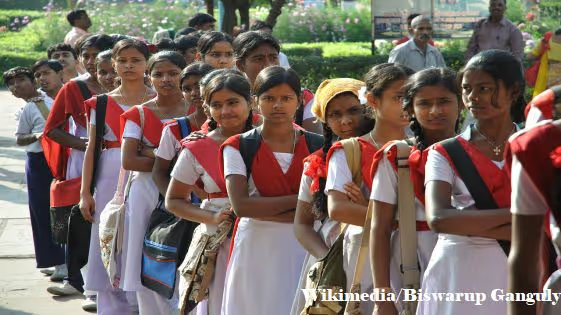
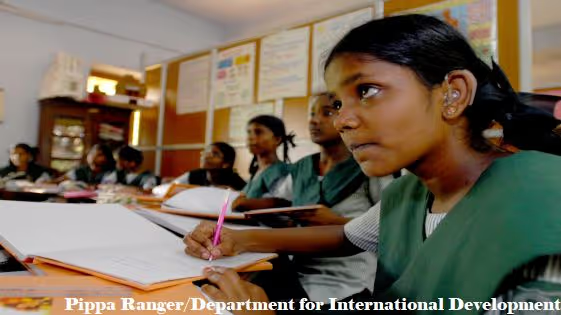





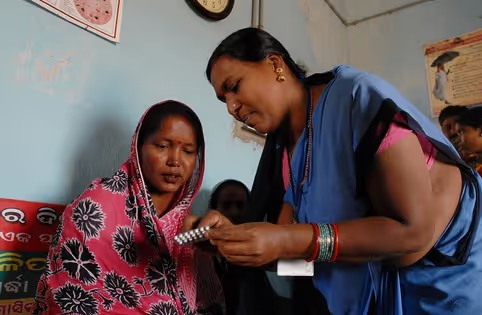
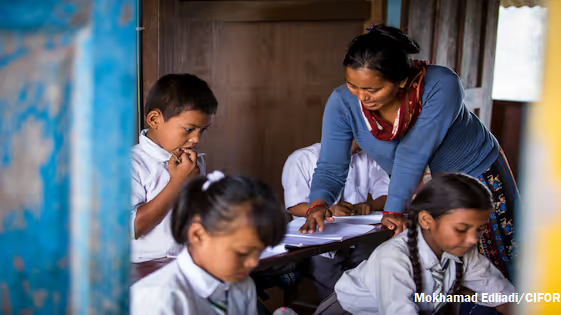
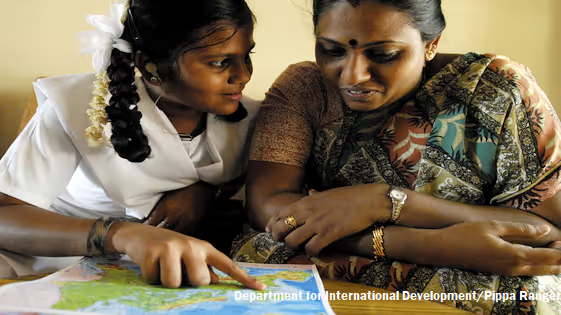



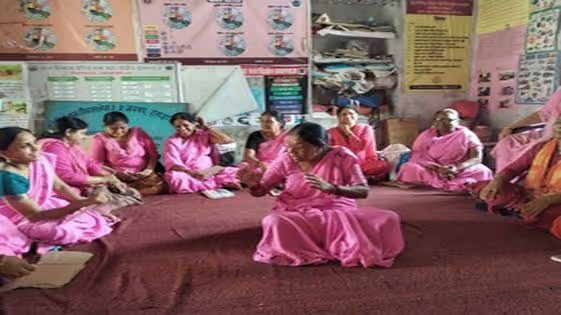


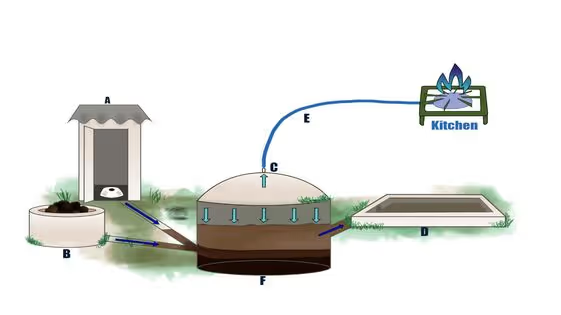
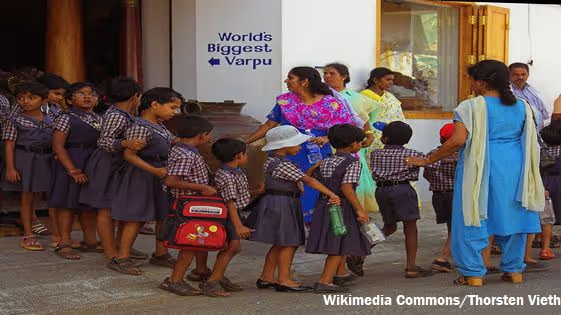



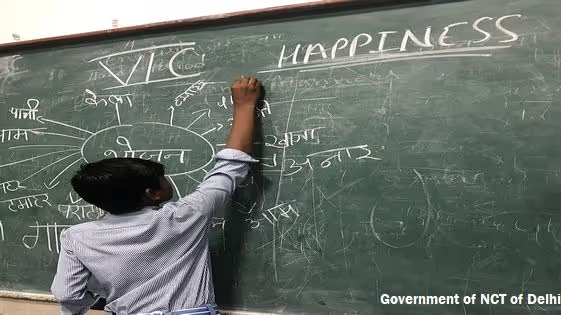
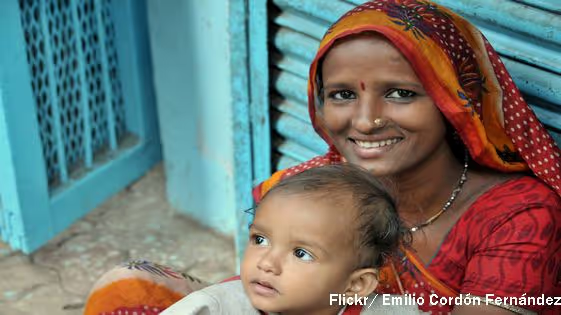

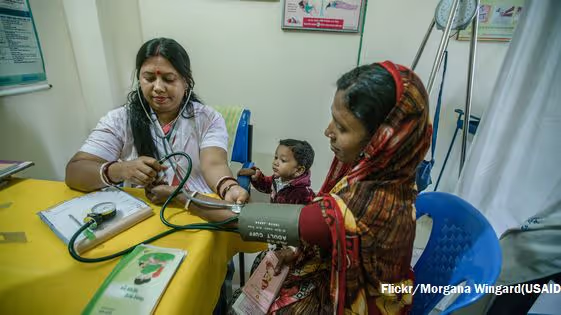



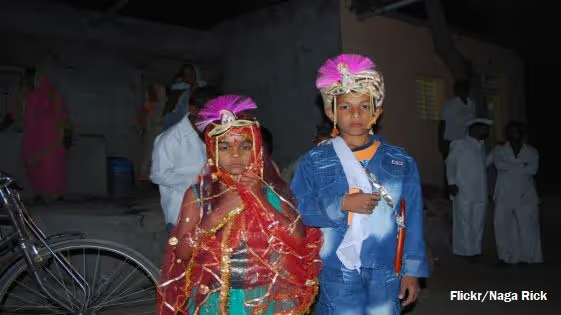
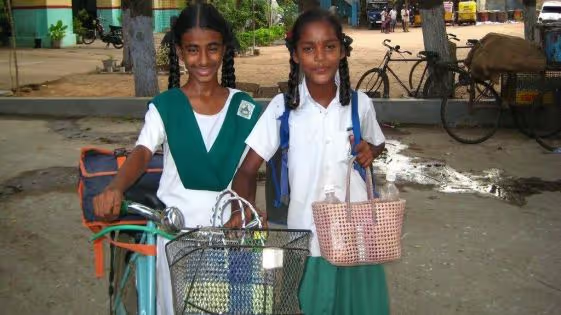
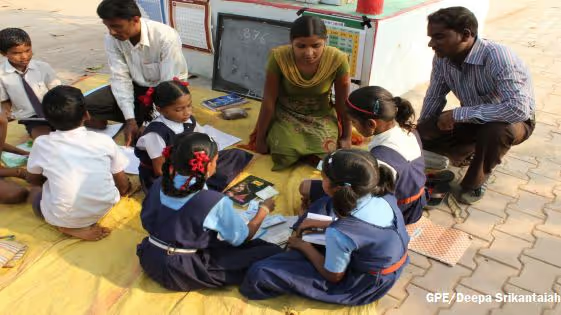



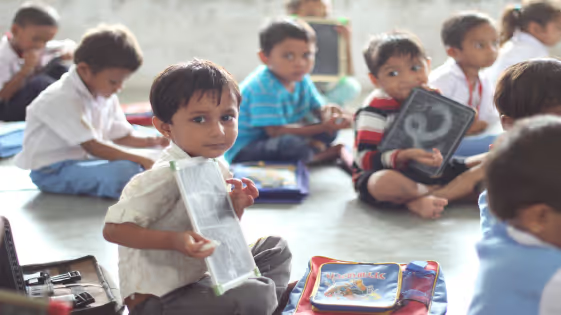

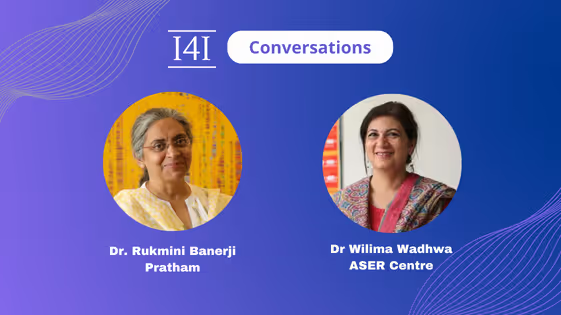

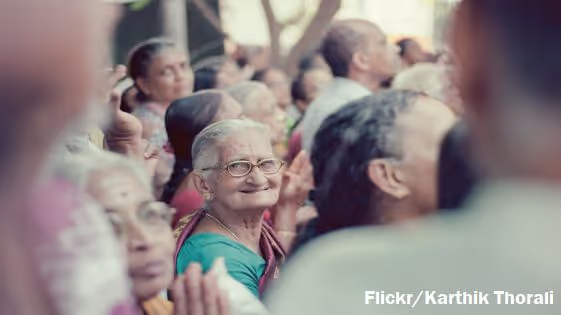
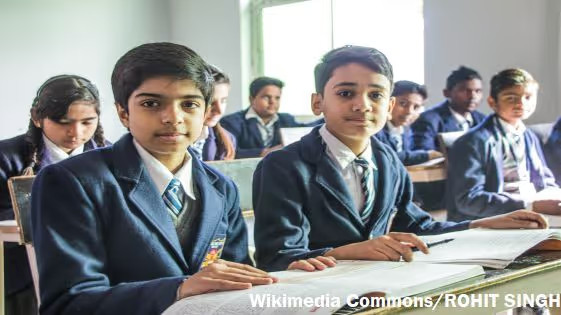



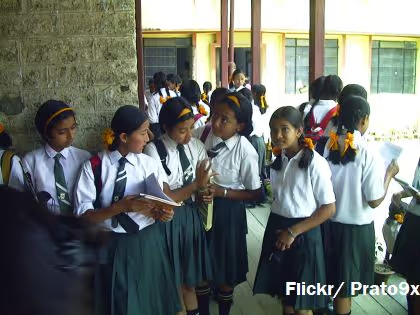
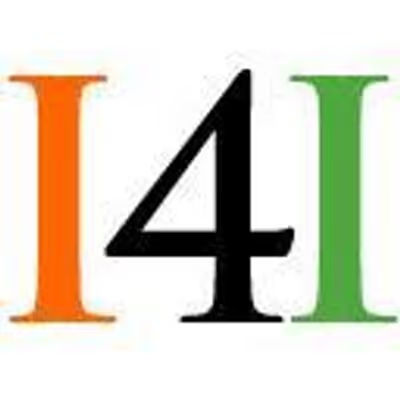
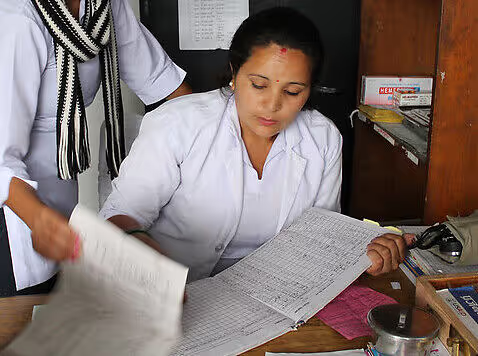

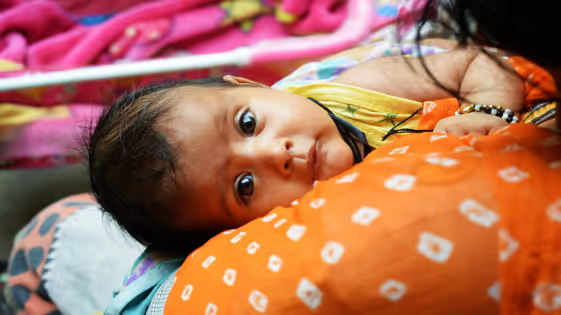


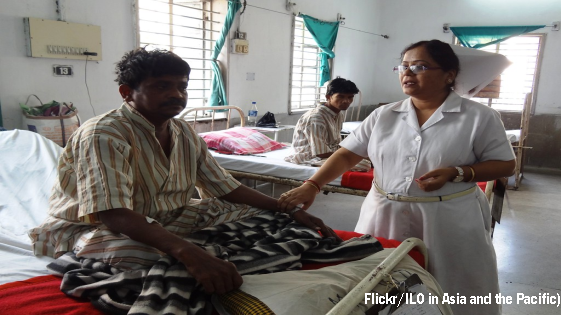
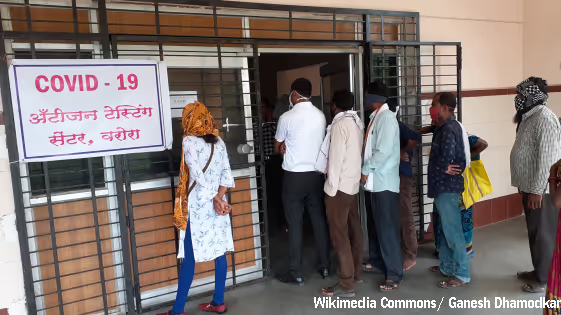
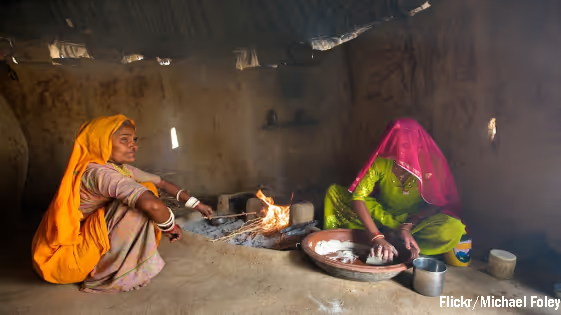

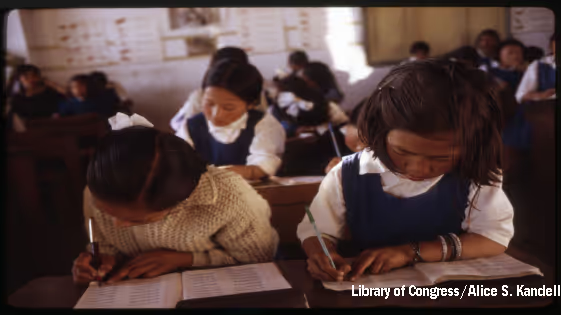

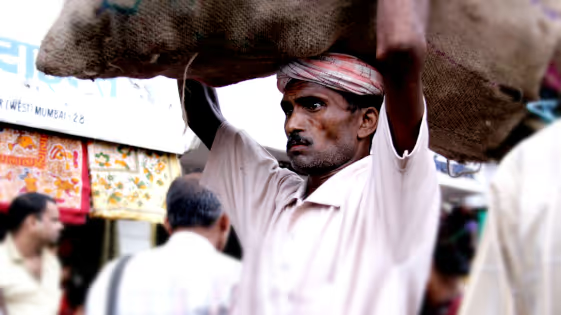

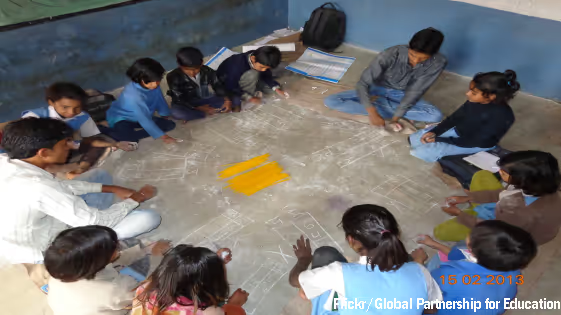




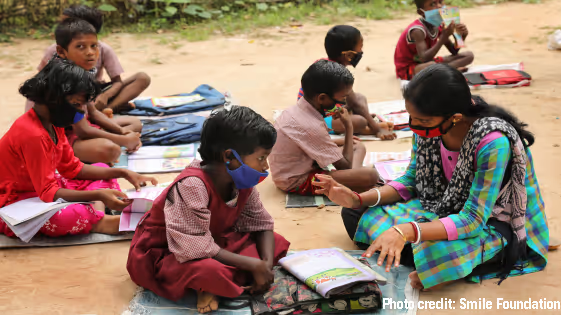
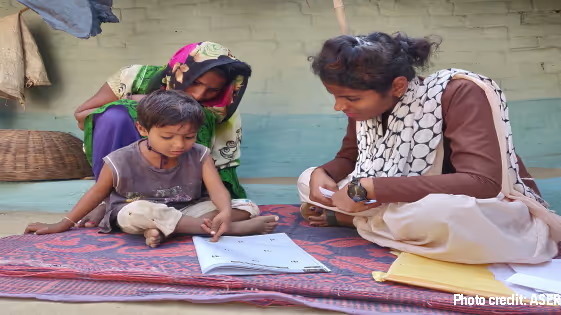
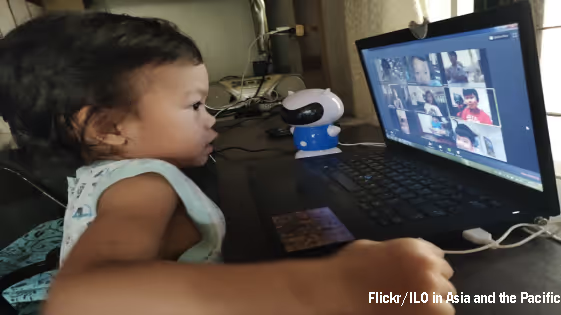



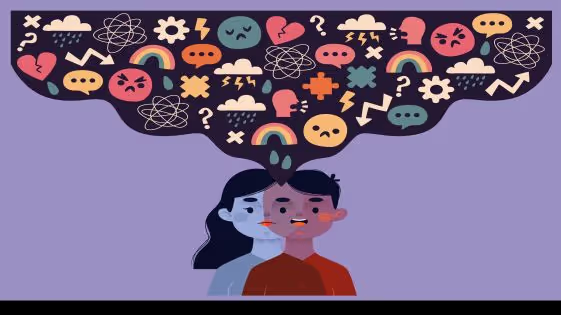
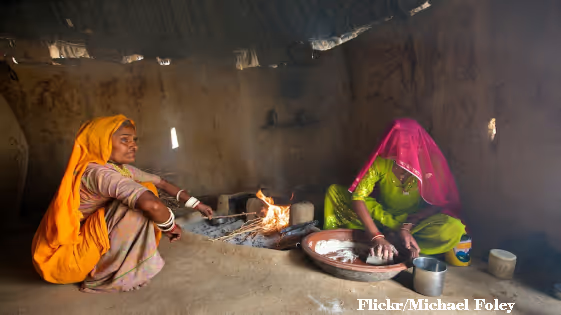
.svg)

.svg)
%201.svg)
.svg)
.svg)